Directive 46-CT/TW requires promoting extensive propaganda throughout the Party, people and army about the meaning and importance of the election, the provisions of the Election Law, the position and role of the National Assembly and People's Councils, as well as the responsibilities of delegates and citizens' obligations in building a clean, effective and efficient state apparatus. The Directive also emphasizes the need to encourage voters to voluntarily and proactively study the list of candidates, and requires each cadre and party member to set an example, actively propagandize and mobilize people to participate in the election.
Comprehensive assessment of capacity, quality and responsibility
The new and pivotal point of this term is the completion of the 2-level local government model. The election work is reshaped with the goal of streamlining the apparatus, enhancing administrative effectiveness and reducing intermediate levels. This not only changes the organizational structure but more importantly, changes the way each voter chooses representatives, because People's Council delegates at the commune and provincial levels will now shoulder greater representative responsibilities, more work volume and a wider scope of supervision. Party cells, front work committees and each cadre and party member must propagate to the people to clearly understand this responsibility in order to "choose the right person to entrust their gold to".
Along with rights, the new Election Law and its guiding documents set very high standards for candidates. This is one of the contents that needs to be thoroughly propagated, because people must understand clearly in order to observe, evaluate and make the right choice. From steadfast political stance, pure ethics, exemplary lifestyle; to capacity for action, innovative thinking, ability to grasp reality, dare to do - dare to take responsibility; all to ensure that the selected representatives are truly representative. This is a key requirement to raise the level of elected bodies in the context of increasingly heavy tasks.
Particularly, in the context of a two-level local government, the requirements for commune-level candidates are more specific and strict. Those who are recommended to be full-time Vice Chairmen of the People's Council, Heads and Deputy Heads of the People's Council Committees must ensure that they meet the standards of political theory, state management, working time, and have the capacity to implement policies in people's lives. These are positions that play a key role in supervising and deciding important local issues. Cadres who are "used" because they lack some standards but have good capacity need to be clearly explained so that people understand and agree, and at the same time, there must be a training plan immediately after the election.

In addition to disseminating regulations, cadres and party members must intensify propaganda so that people are deeply aware that voting is the political right and responsibility of every citizen. People need to be guided on how to find information about candidates, the right to contact, ask questions and know their action programs. From there, the vote is based on a comprehensive assessment of capacity, quality and responsibility.
"Slow and steady wins the race", digitalizing propaganda
In the context of the increasingly deep, wide and professional election propaganda tasks, the motto "slow and steady wins the race" is becoming a guiding principle for Party committees, authorities and the political system at the grassroots level. Not only propaganda in batches and events, the current new approach emphasizes continuity, diversification of forms, intentional repetition and close adherence to each target group. Each piece of information about voting rights, representative standards, new points of the 2-level local government model or provisions of the amended and supplemented Election Law... is conveyed gently but regularly, so that cadres, Party members and people understand correctly - remember for a long time - and set a standard.
The most notable point in the 2026 election is to promote the application of technology and digitization of propaganda work. From smart loudspeaker systems to Zalo groups connecting peace in villages, residential groups, fanpages of wards, communes, special zones, electronic information pages, LED screens at public headquarters, or infographics - short video clips... each platform becomes a "visual propaganda channel". Election information is divided into small, easy-to-understand, close to life; one topic per week, one short message per day, creating a continuous flow of communication. This approach is especially suitable for the characteristics of urban residents - where people not only access information through public meetings but also through cyberspace.
If digitized, propaganda will no longer be spread out but focused on the right target: freelance workers regularly receive notifications at residential areas; the elderly grasp new regulations through short, easy-to-remember videos; young people access information through social networks; cadres and party members are updated with complete documents through email and internal exchange groups. "Slow and steady wins the race" combined with digitization creates a multi-layered, multi-touchpoint communication ecosystem, helping each legal regulation become closer, each message about democracy and civic responsibility spread more strongly.
In addition to digitizing propaganda activities, traditional election propaganda methods also need to be maintained. That is through activities of party cells, youth unions, associations, seminars, and discussions; dividing propaganda content into small parts according to each time frame of the election period are also methods that need attention. Another channel is to stay close to the grassroots, go to every alley and knock on every door so that election regulations are deeply absorbed by each citizen. At that time, from leaders to working groups, support groups, to election organizations and each citizen and community need to have strong participation.
Source: https://daibieunhandan.vn/hoi-nghi-toan-quoc-quan-triet-chi-thi-cua-bo-chinh-trien-khai-cong-tac-bau-cu-bai-cuoi-xay-dung-bo-may-chinh-quyen-that-su-vi-dan-10396482.html


![[Photo] President Luong Cuong receives President of the Senate of the Czech Republic Milos Vystrcil](/_next/image?url=https%3A%2F%2Fvphoto.vietnam.vn%2Fthumb%2F1200x675%2Fvietnam%2Fresource%2FIMAGE%2F2025%2F11%2F20%2F1763629737266_ndo_br_1-jpg.webp&w=3840&q=75)


![[Photo] Lam Dong: Panoramic view of Lien Khuong waterfall rolling like never before](/_next/image?url=https%3A%2F%2Fvphoto.vietnam.vn%2Fthumb%2F1200x675%2Fvietnam%2Fresource%2FIMAGE%2F2025%2F11%2F20%2F1763633331783_lk7-jpg.webp&w=3840&q=75)
![[Photo] National Assembly Chairman Tran Thanh Man holds talks with South Korean National Assembly Chairman Woo Won Shik](/_next/image?url=https%3A%2F%2Fvphoto.vietnam.vn%2Fthumb%2F1200x675%2Fvietnam%2Fresource%2FIMAGE%2F2025%2F11%2F20%2F1763629724919_hq-5175-jpg.webp&w=3840&q=75)

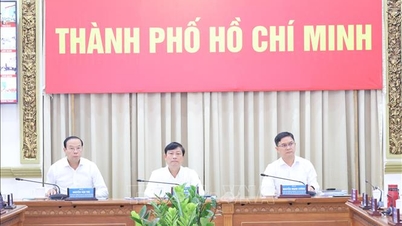


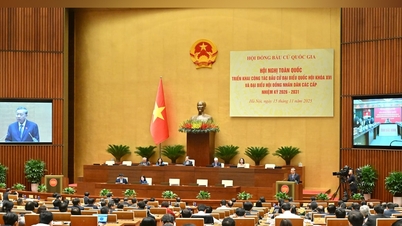





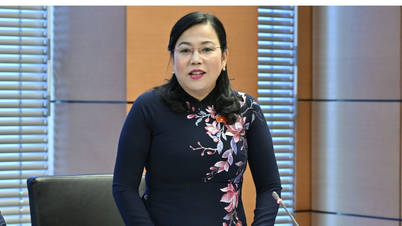

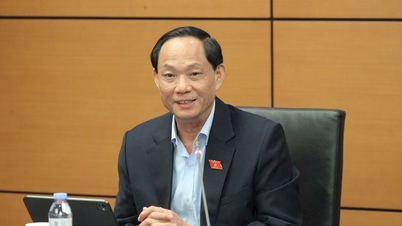
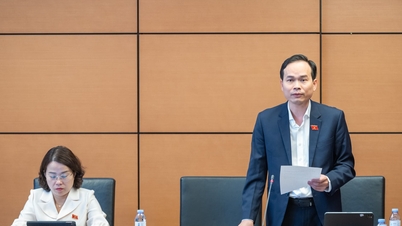


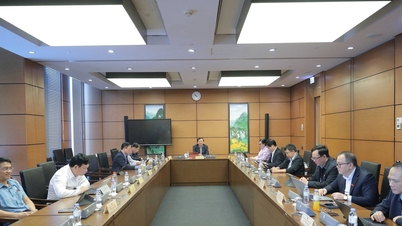








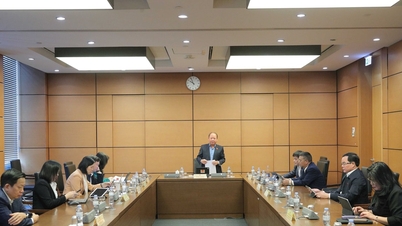
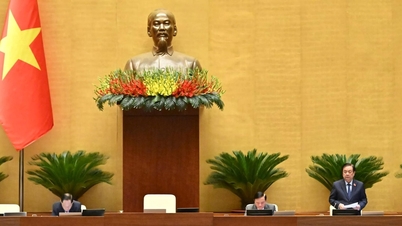

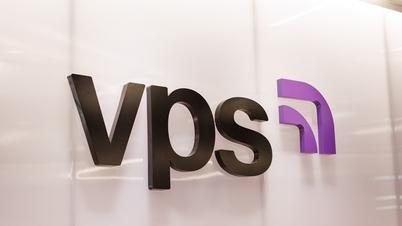






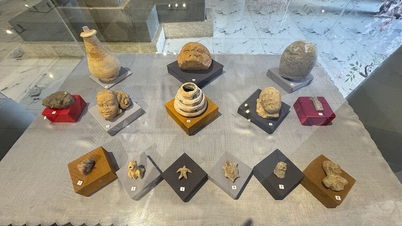











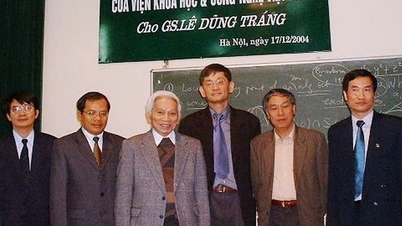







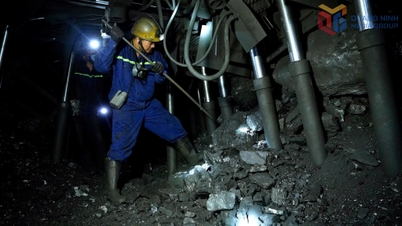

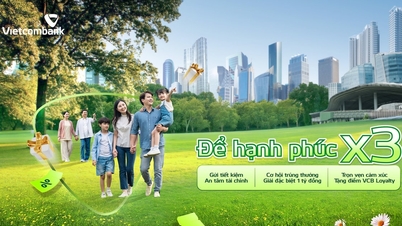






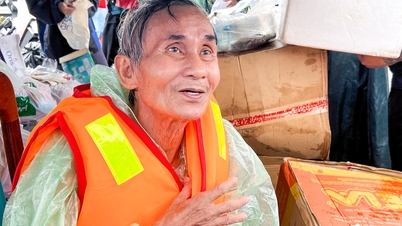
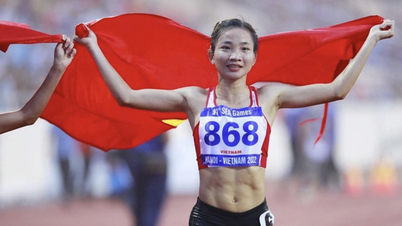
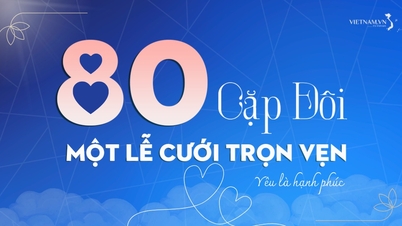

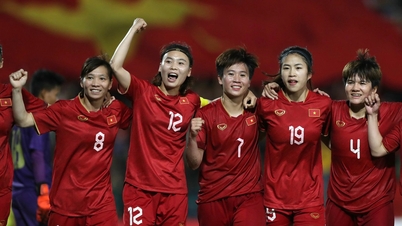






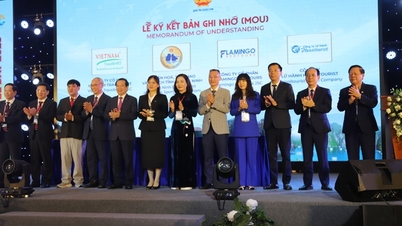



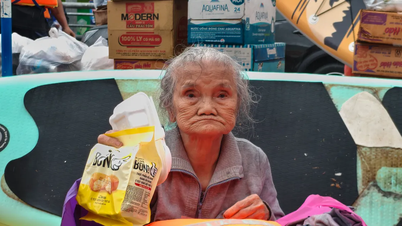
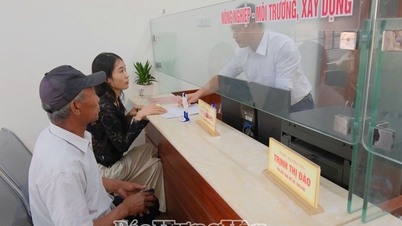



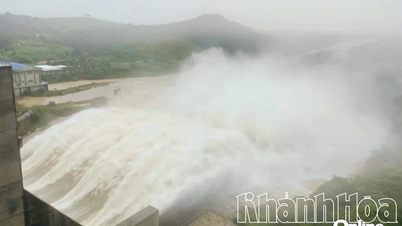


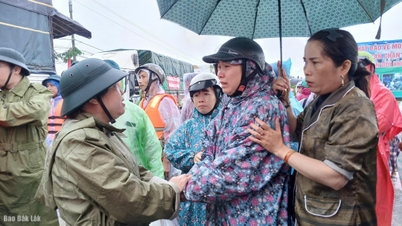

















Comment (0)